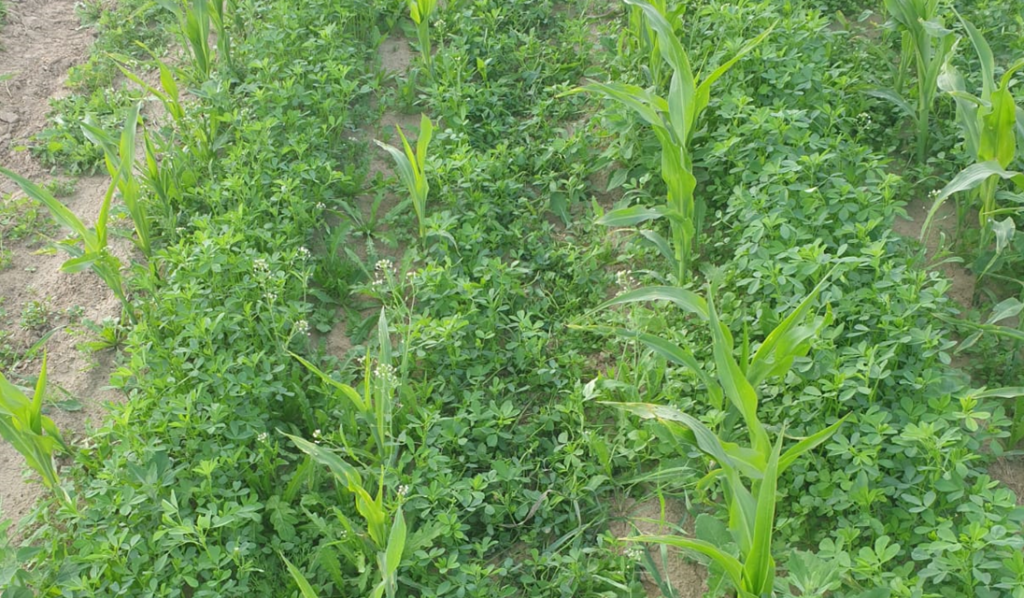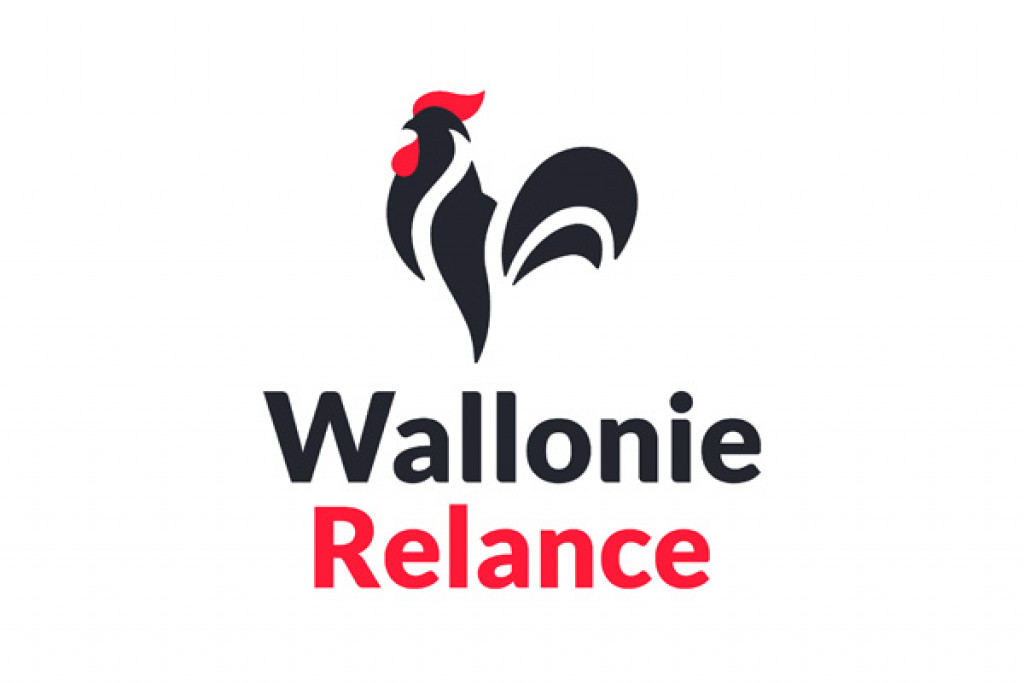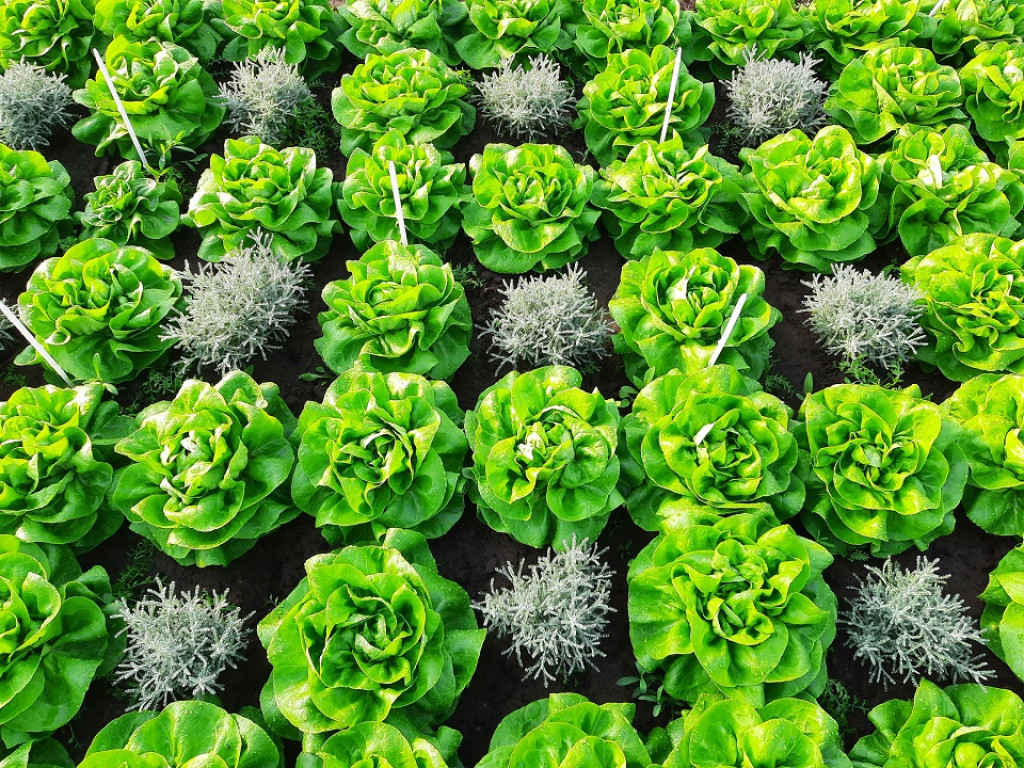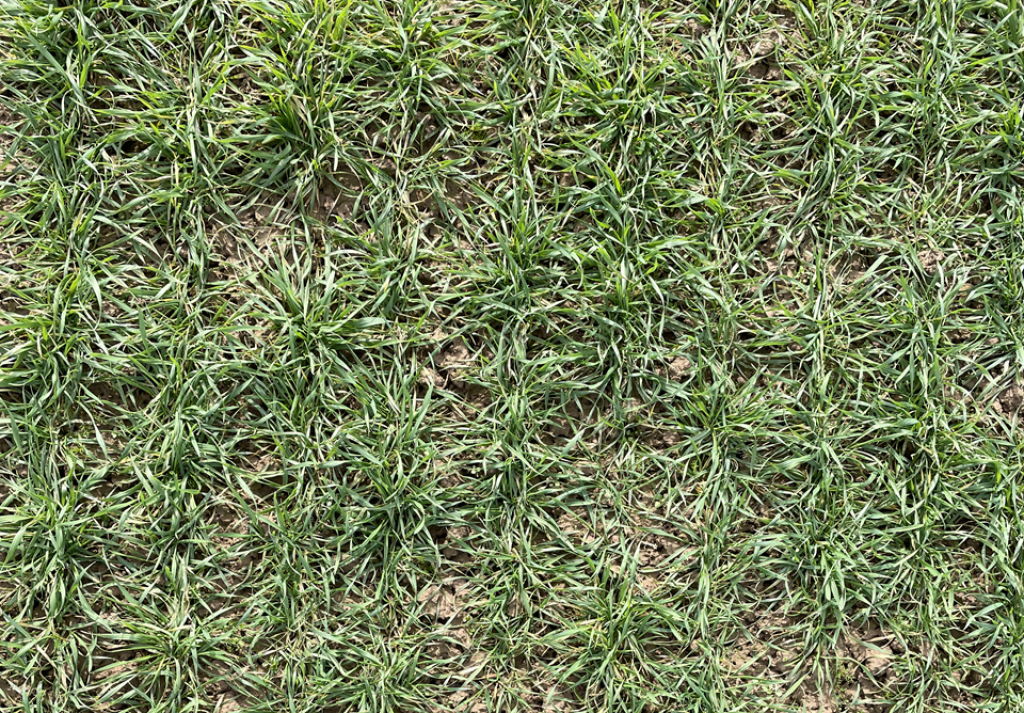In organic conservation agriculture (OCA), weed management and nitrogen availability are the two main obstacles to the implementation of no-tillage, no-pesticide models, which are still utopian on a large scale and designed to restore soil health. In view of this, the idea of avoiding leaving the soil bare during rotation by planting vegetation covers seems to have been the ideal solution for some years now. As part of the broad concept of green manures, legumes are attracting particular attention in the farming world. Among their many advantages, their ability to fix atmospheric nitrogen thanks to the nodules in their roots is undoubtedly the best-known and most sought-after in low-input cropping systems. At present, these cover crops are mainly used for inter-cropping, and are completely destroyed before the next crop is planted.
Relay-cropping or inter-cropping techniques, grouped together under the general term of co-cultivation, involve sowing two crops separated by every other row in the plot. The cover crop is maintained throughout the rotation, providing maximum inter-row coverage to limit weed proliferation, releasing nitrogen over the course of the cycle, and improving soil structure while limiting erosion.
The BioCoCrop project thus aims to develop a phytotechnical solution based on a permanent cover of leguminous strips between which two cash crops will be successively planted: corn in spring and wheat in winter. The main challenges are choosing the right legume and ensuring it is controlled so that it doesn't compete with the current crop, while keeping weeds under control. Thanks to advances in precision guidance (RTK GPS) and optimised spatial organisation in relation to the widths of working tools, it now appears to be possible to mechanically regulate the growth of permanent cover using a localised mowing tool (still at the prototype stage). In addition to an overall study of the feasibility of such a technical itinerary, three legume modalities will be compared: (1) alfalfa, (2) white microclover, (3) mixture of alfalfa, lotus and red clover.
Ultimately, the aim is to evaluate co-cultivation as a lever for the resilience of low-input organic systems. On paper, this interesting agricultural model could ensure yield security in the medium and long term, thanks to the expected provision of additional nitrogen to the crop and the prospect of crop diversification (protein and cereals).
Financing: Walloon Recovery Plan












